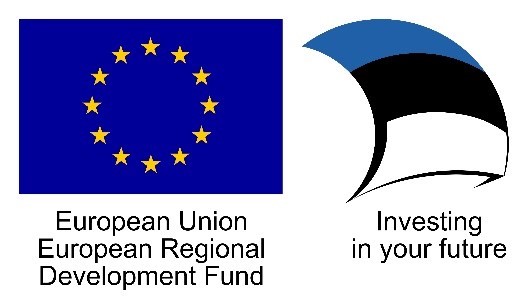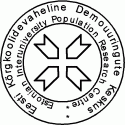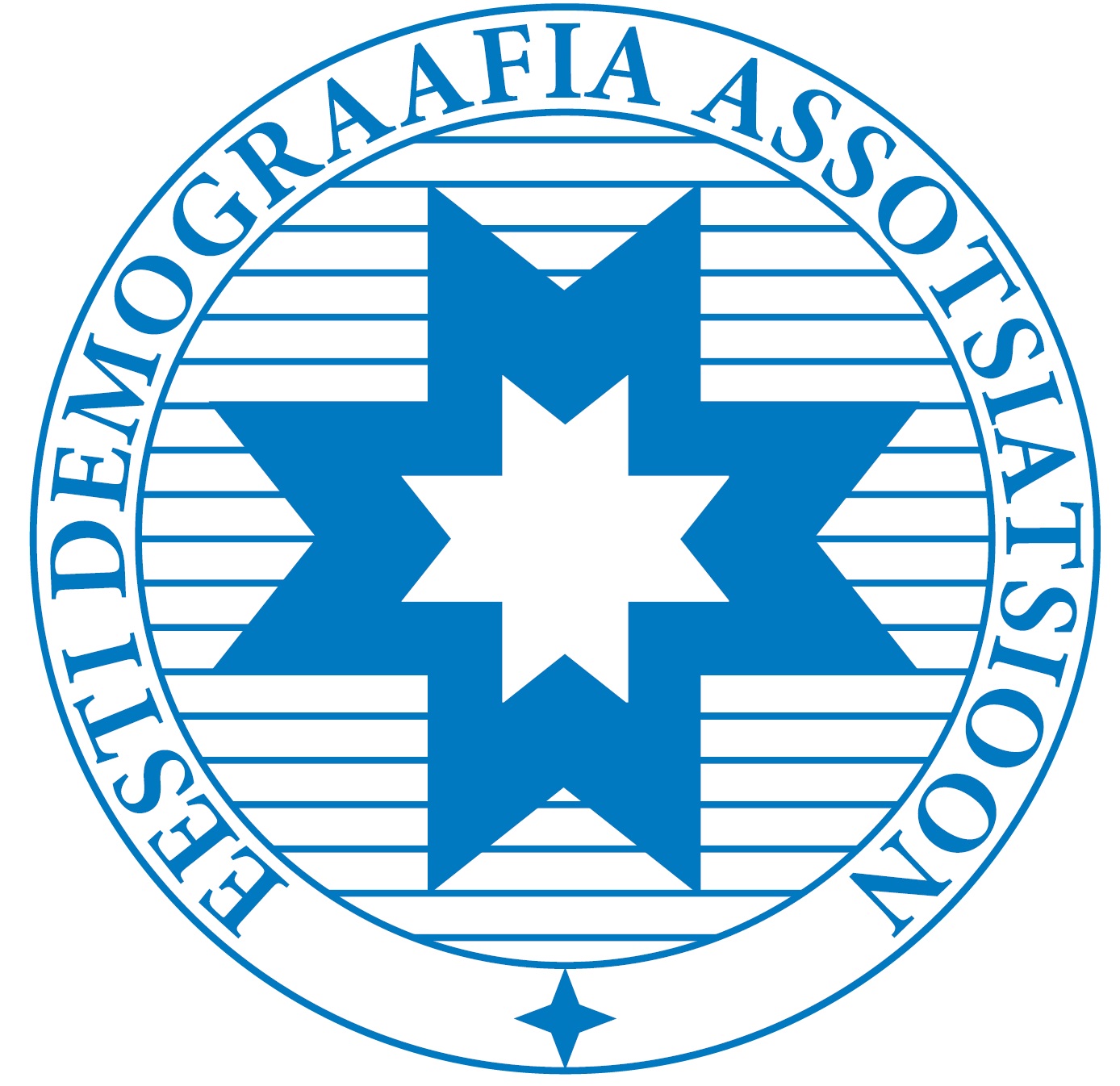Gunnar Andersson and Sven Drefahl´s Course „Event-History Analysis with Stata: Regression for Longitudinal Event Data“
Registration for Course „Event-History Analysis with Stata: Regression for Longitudinal Event Data“
Course is organized by the Stockholm University Demography Unit, Department of Sociology, Stockholm University, Spring 2019.
Instructors:
Gunnar Andersson (Professor of Demography, Stockholm University)
Sven Drefahl (Associate Professor of Demography, Stockholm University)
Contact: Koidu Saia, Koidu.Saia@tlu.ee, phone: 6199 944
Add to calendar
iCal calendarC
ourse is organized by the Stockholm University Demography Unit, Department of Sociology.
Instructors:
Gunnar Andersson (Professor of Demography, Stockholm University)
Sven Drefahl (Associate Professor of Demography, Stockholm University)
Contact: Koidu Saia, Koidu.Saia@tlu.ee, phone: 6199 944
Pre-Course Qualifications:
Participants should have basic knowledge on regression analysis as well as basic knowledge in Stata
General description:
Event history analysis (hazard regression, survival analysis) is a basic method in demographers’ toolkit and is commonly used also by other social scientists. Event history analysis focuses on analyzing time to events and can be applied to analyzing mortality, fertility, divorce, and other demographic events as well as events such as exits from unemployment, bankruptcies, and attrition in social network reference chains. The objective of this four-day course is to introduce participants to basic event history analysis and as well as some extensions: e.g. different parametric and nonparametric models. The software used during the course is Stata.
Expected learning results:
By the end of the course, participants should be able to:
- Describe the basic concepts of event-history analysis
- Understand the link between event-history analysis, basic demographic methods and regression analysis
- Recognize the type of research questions for which event history analysis would be a suitable method
- Interpret studies that have used basic event-history methods
- Reflect on the assumptions, problems and limitations of event-history methods
Using Stata:
- Transform data into the basic data layout of event history analysis
- Analyze time-dependent univariate and multivariate relationships
- Specify appropriate regression models using time-constant and time-varying explanatory variables
Interpret results obtained and communicate them to experts and non-experts alike
Teaching:
Day 1: 18.03.2019 at 10am to 12pm Lab (S-338), at 12-1pm lunch, at 1-4pm lecture (M-552), at 4pm-6pm Lab (S-338)
Coffee breaks at 9.30-10.00am and 3.30-4 pm. Lunch self-organised.
The class introduces event history analysis as a social science research method. The objective is to build an understanding of the kinds of research questions that can be answered by using event history analysis and basic methods for doing so. Focus will be on understanding the meaning of basic concepts and measures, such as hazard, survival, and censoring, and on use and interpretation of basic event-history regression analyses. Furthermore, we will look into questions of duration dependency. These themes will be illustrated with data from the “Timing of life” module from the 2006 wave of the European Social Survey (ESS). In class we will study two different events. The first will be presented by the teachers, participants will work independently on the second.
To prepare for this class, a) please familiarize yourself with some event history basics, for example with the literature mentioned below, b) install Stata on your laptop, c) register as user on the ESS homepage (the data we will use will be distributed in the seminar).
Suggested readings
• Cleves, M., Gould, W. & Marchenko, Y.V. 2016. An Introduction to Survival Analysis Using Stata. Stata Press. Ch. 1-8.
Day 2: 19.03.2019 at 10am-1pm lecture (M-552), at 1-2pm lunch, at 2pm-5pm Lab (S-338)
We start the second day with some short presentations (5-10 minutes) of participants’ event history projects, real or imaginary. Then, we will address time-varying covariates, the use of interaction variables in event history modeling, model specification, both in theory and practice.
Coffee breaks at 9.30-10.00 am and 3.30-4pm. Lunch self-organised.
Suggested readings
• Bernardi, F. (2001) Is it a Timing or a Probability Effect? Four Simulations and an Application of Transition Rate Models to the Analysis of Unemployment Exit. Quality & Quantity, 35(3), 231-252.
• Blossfeld, H-P, Golsch, K. & Rohwer, G. 2007. Event History Analysis Using Stata. Lawrence Erlbaum. Ch. 5
Day 3: 20.03.2019 independent work
The course participants will work independently on tasks provided by the instructors and on their own event-history projects. The room S-338 has been booked for the course participants’ independent work period from 4pm to 6 pm.
Day 4: 21.03.2019 at 10-12 pm Lab (S-338), at 12-1pm lunch, at 1-2pm lecture (S-328), at 2pm-4pm Lab (S-338). At 4.30-6pm Public Lecture by Sven Drefahl (room M-552).
At 7 pm to ... Networking dinner aimed at cooperation in R&D field and doctoral studies with professor Gunnar Andersson and Sven Drefahl in Kuldse Notsu Kõrts. Information and registration: +372 6199 944).
We start the third day with additional short presentations (5-10 minutes) of participants’ event history projects, real or imaginary. Then, we will address further topics of event-history analysis such as Cox regression and post estimation, as well as parametric models.
Coffee breaks at 9.30-10.00 am and 4-4.30 pm. Lunch self-organised.
Suggested readings
• Blossfeld, H-P, Golsch, K. & Rohwer, G. 2007. Event History Analysis Using Stata. Lawrence Erlbaum. Ch. 7
• Cleves, M., Gould, W. & Marchenko, Y.V. 2016. An Introduction to Survival Analysis Using Stata. Stata Press, Ch. 9-13.
• Guo, G. (1993) Event history analyses for left-truncated data, Sociological Methodology, 23: 217-43
Day 5: 22.03.2019 at 10am-12pm Lab (S-338)
The day will start with the remaining short presentations (5-10 minutes). Then we will address further topics of event-history analysis such as discrete-time models, selection issues, and if time allows - repeated events, and competing risks. Part of the day we discuss what we have learnt this week and setup the home assignments.
Coffee break at 9.30-10.00 am.
Suggested readings
• Cleves, M., Gould, W. & Marchenko, Y.V. 2016. An Introduction to Survival Analysis Using Stata. Stata Press, Ch. 17.
• Coviello, V. and Boggess, M. 2004. Cumulative incidence estimation in the presence of competing risks. The Stata Journal 4(2): 103-112.
• Rabe-Hesketh, S. & Skrondal, A. 2012. Multilevel and Longitudinal Modeling Using Stata. Volume II: Categorical Responses, Counts, and Survival. Stata Press. Ch. 14-15.
• Vaupel, J. W., & Yashin, A. I. (1985). Heterogeneity's Ruses: Some Surprising Effects of Selection on Population Dynamics. The American Statistician, 39(3), 176-184.
Day 6: 28.03.2019 at 10am-1pm. Follow-up Session Q&A session (M-552). At 3.30 pm-5 pm Public Lecture by Gunnar Andersson (M-552)
Participants present and discuss their own projects as well as the home assignments. Students discuss published articles in a seminar on empirical event-history research.
Coffee breaks at 9.30-10.00 am and at 3-3.30 pm.
Additional information: Gunnar Andersson and Sven Drefahl also give two public lectures at TU open for everyone:
- Public lecture by Gunnar Andersson „Cohort and Period Fertility Developments in the Nordic countries” 03/28/2019 - 15:30 - 17:00, Tallinn University, M-552
- Public lecture by Sven Drefahl „Mortality trends across the Baltic Sea“ 03/21/2019 - 16:30 - 18:00, Tallinn University, M-552



Activity is financed by the European Regional Development Fund through the institutional package measure for R&D institutions and higher education institutions (ASTRA project TLU TEE of Tallinn University) and is organised by Doctoral School of Behavioural, Social and Health Sciences and by TU Centre of Excellence in Interdisciplinary Life-course Studies, Estonian Interuniversity Population Research Centre and Estonian Association of Population Studies.